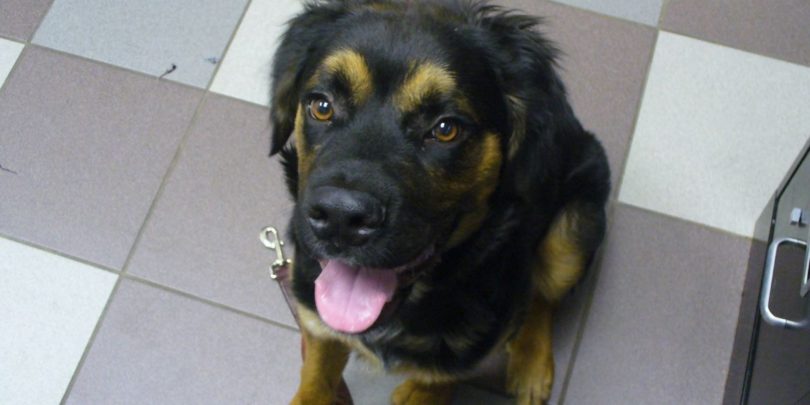Every client that I meet with always wants to add the verbal cue to a behavior a bit too soon before the dog is ready. It makes sense that we would want to do that since our primary way of communicating is through verbal language. However, in contrast, the dog’s primary way of communicating is through body language. Since this is the case, I came up with 3 easy steps to help both the human and the dog understand one another better.
When teaching a new behavior I use the acronym: L.A.W. which stands for Lure, Action, Word.
- Lure: The first step is to use an enticing treat at the end of your dog’s nose to manipulate the rest of his body into the desired position. Where the head goes, the body will follow!
- Action, also known as a hand signal: Once your dog is following the food lure into the desired position, then try doing the same hand motion without the food lure in your hand. This motion will become your hand signal for the behavior.
- Word, also known as the verbal cue, or “cue” for short: Once your dog fully understands the hand signal, then we introduce the word.
The beauty of the acronym can also go in reverse! Let’s say I wanted to cue my dog to lie down. I would follow these steps:
- Word: I would say “Down”. If the dog lies down, I would click and treat him for the behavior. No hand signal needed since he did the behavior on the verbal cue.
- Action: If for some reason, he did not lie down on the verbal cue I could then use my hand signal. If he lies down when I motion my hand signal, great! Click and treat.
- Lure: And finally, if he does not lie down when I motion the hand signal, I could then use my food lure technique to make the behavior happen.
This technique helps to prevent dog owners from repeating themselves over and over again when cueing behaviors. If your dog does not respond to the verbal cue, SHOW him what you want.

